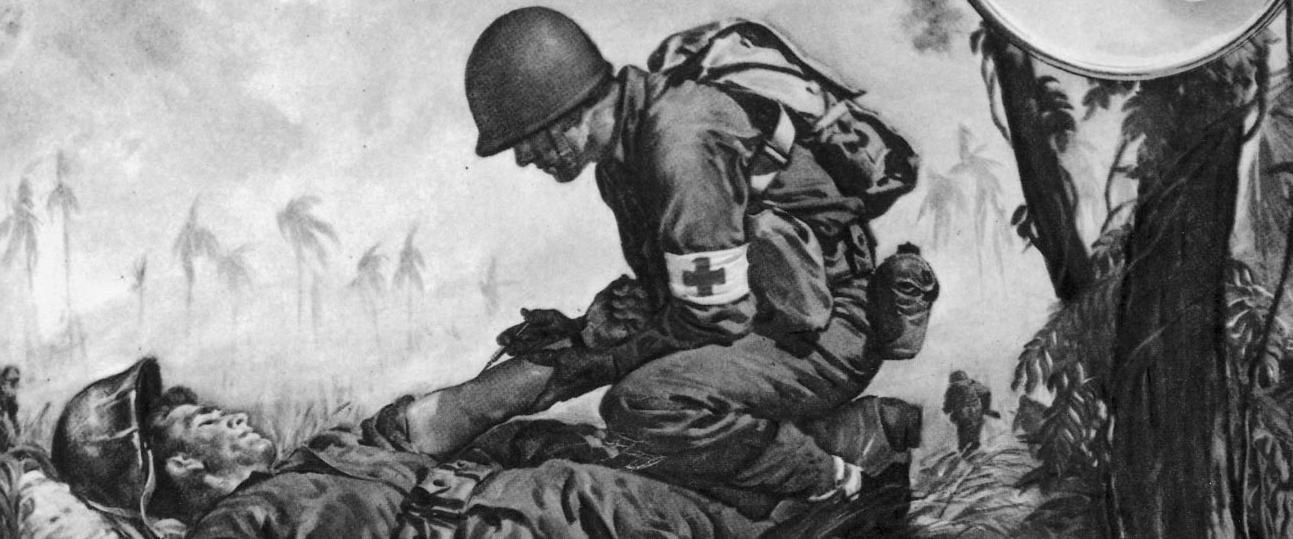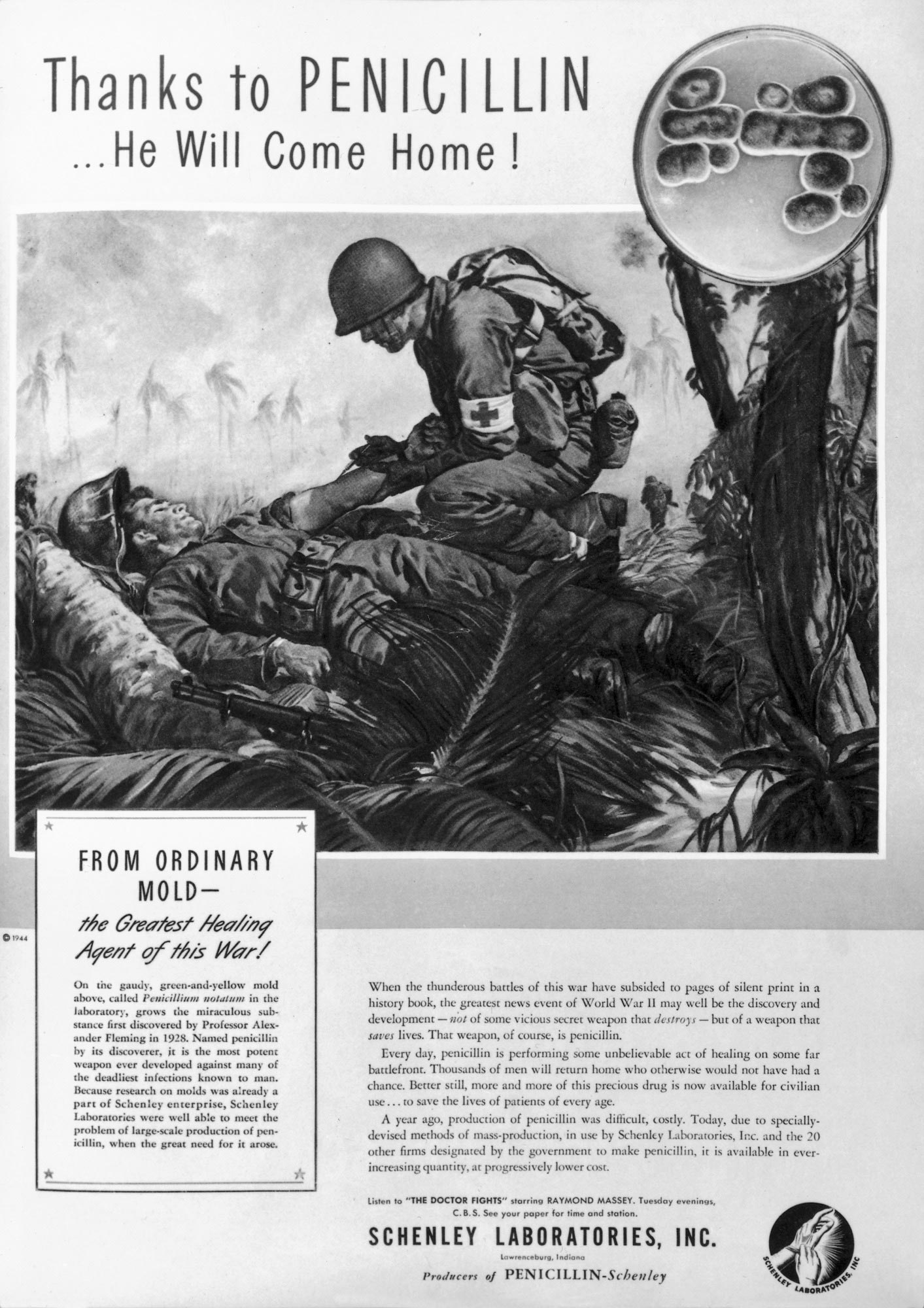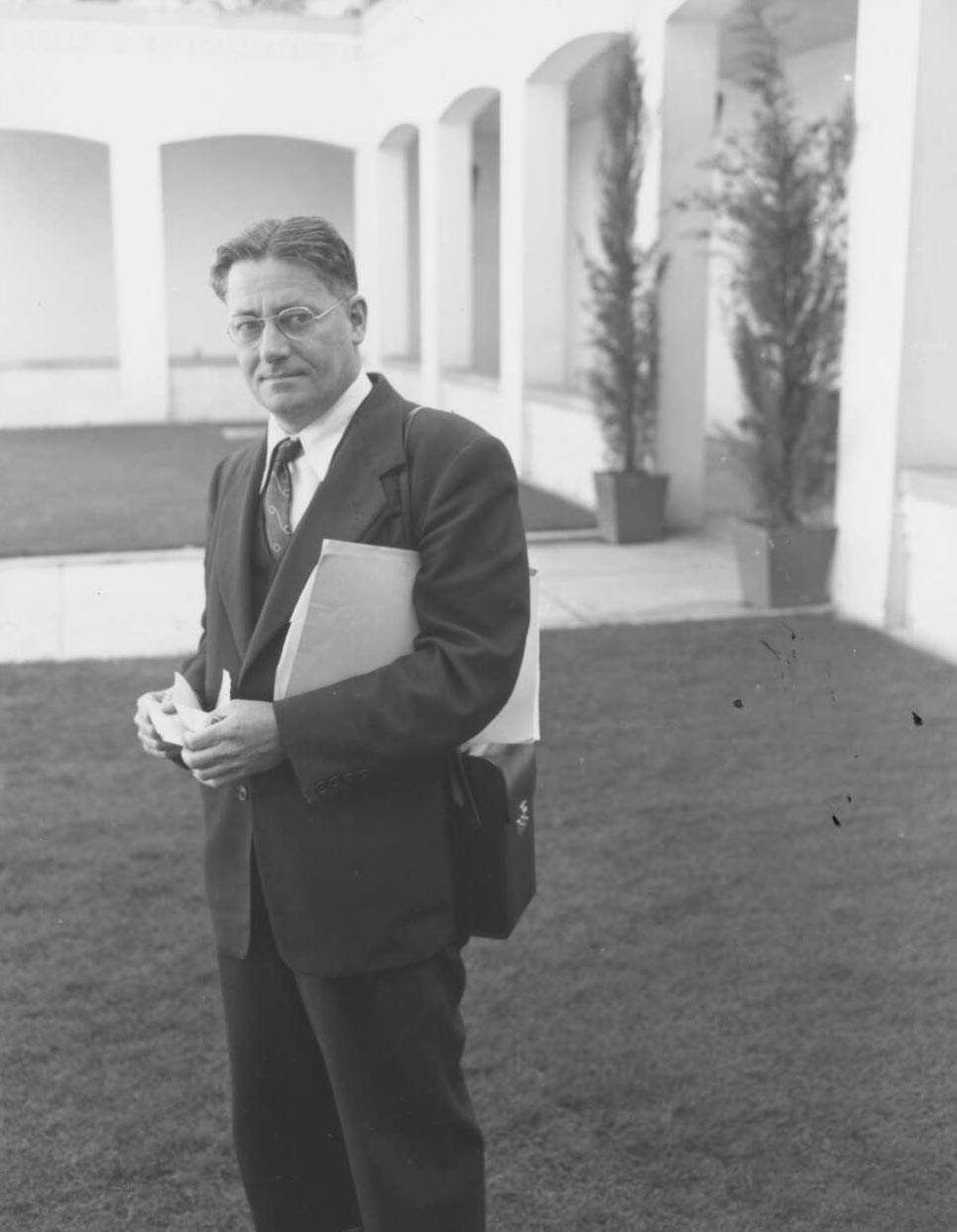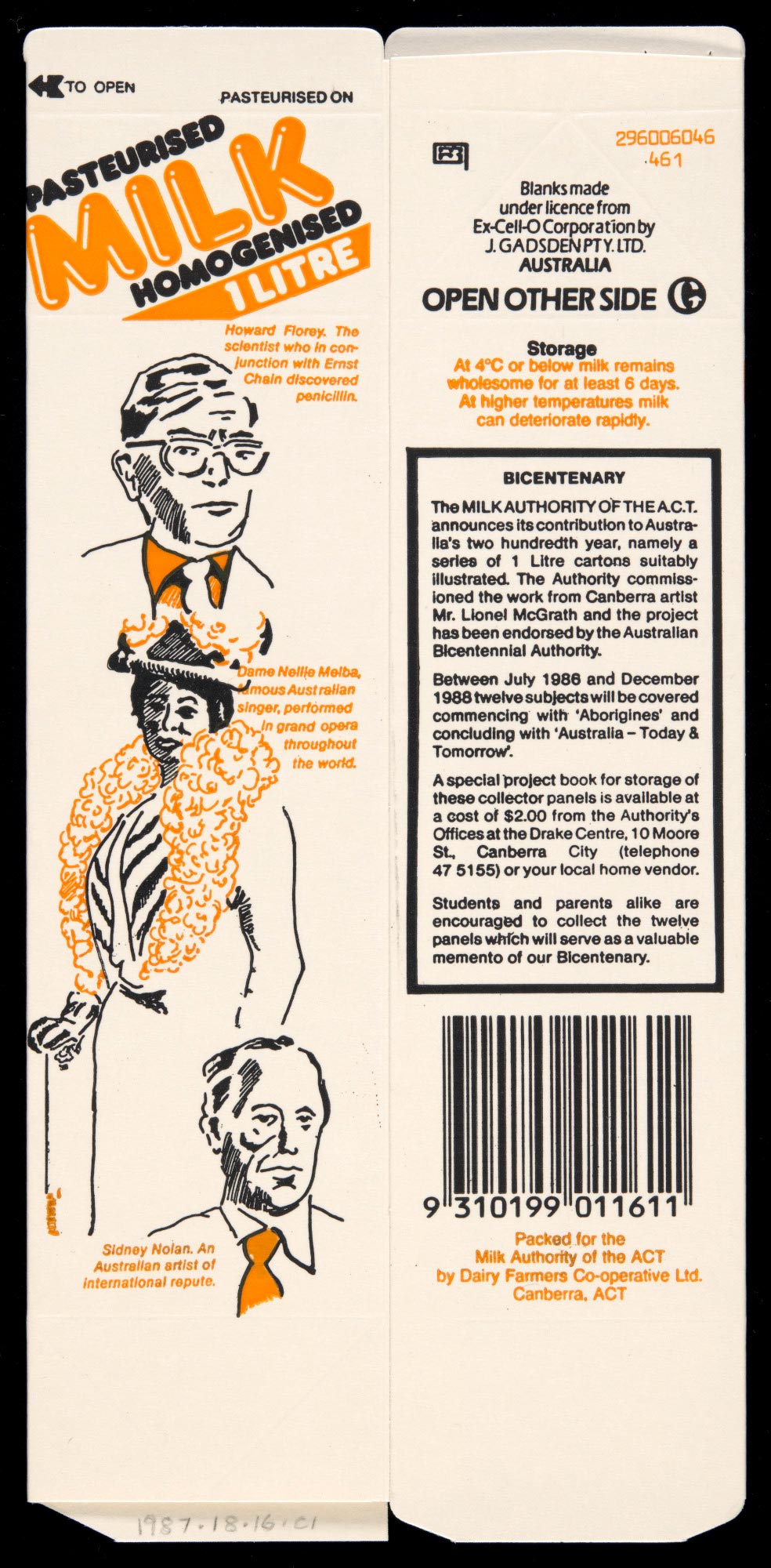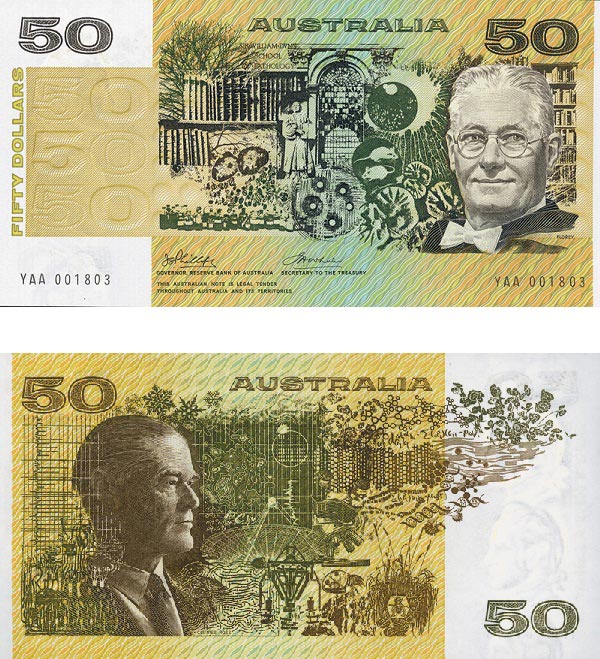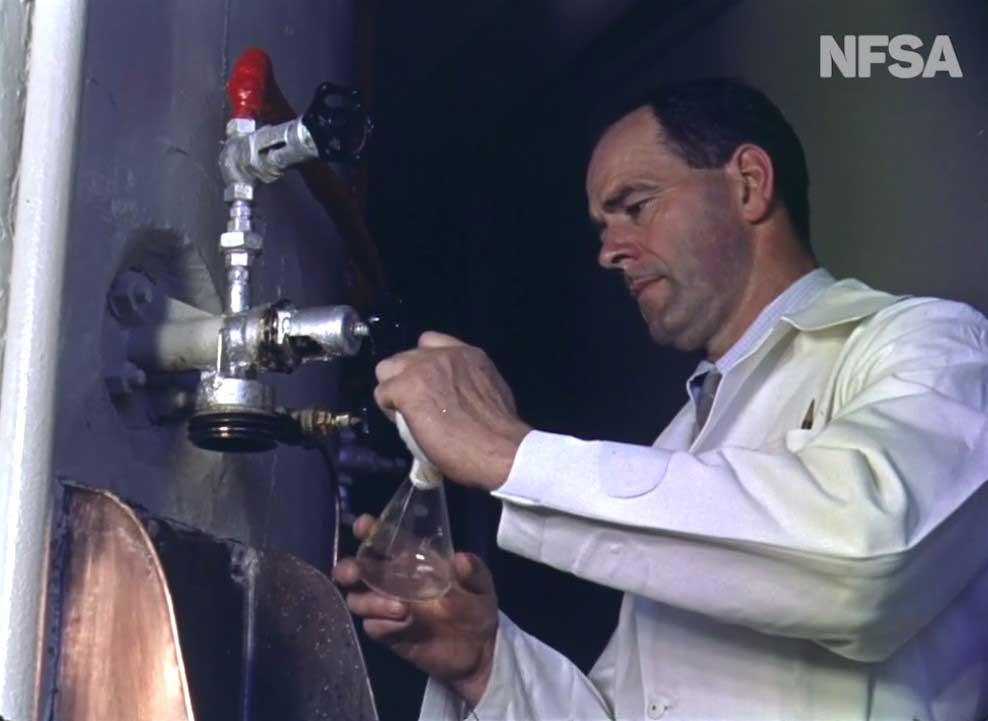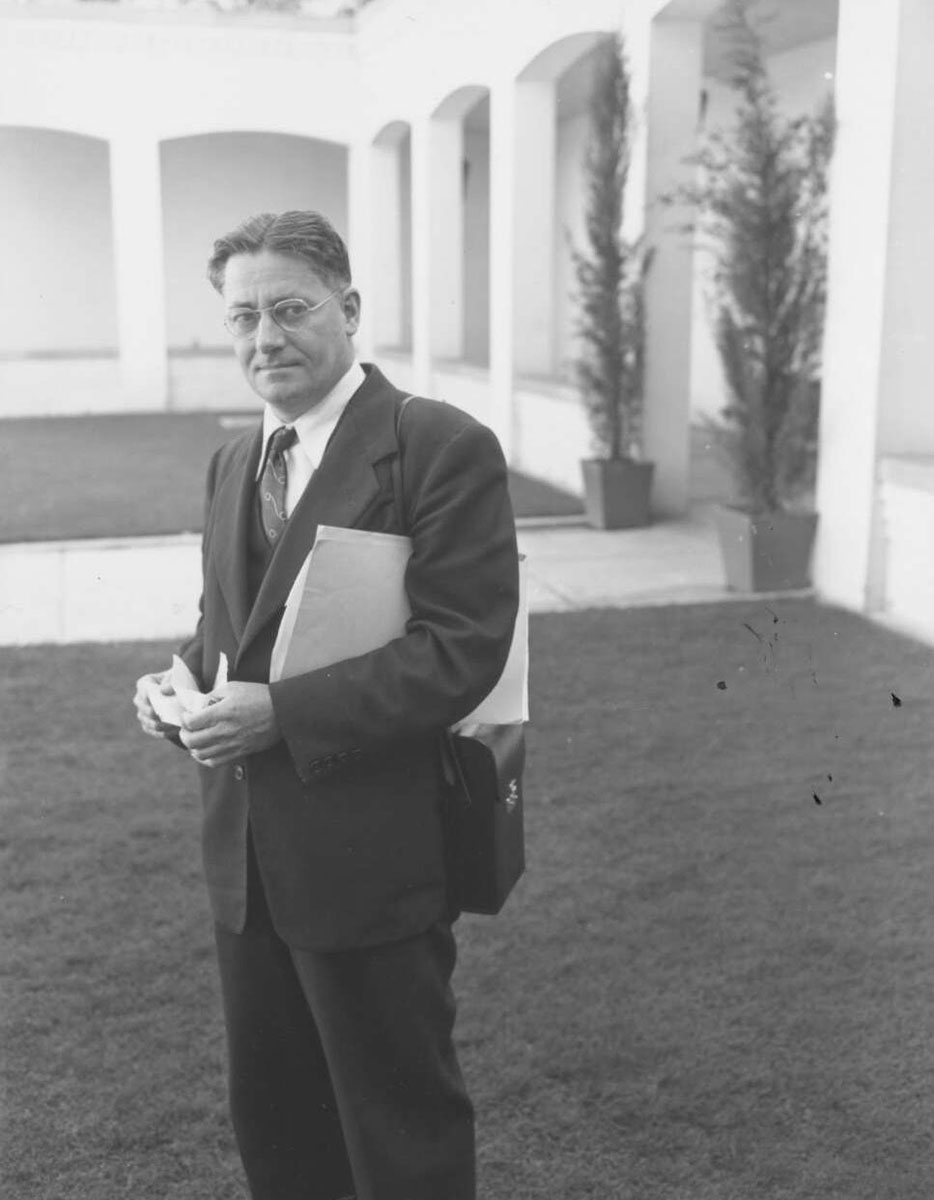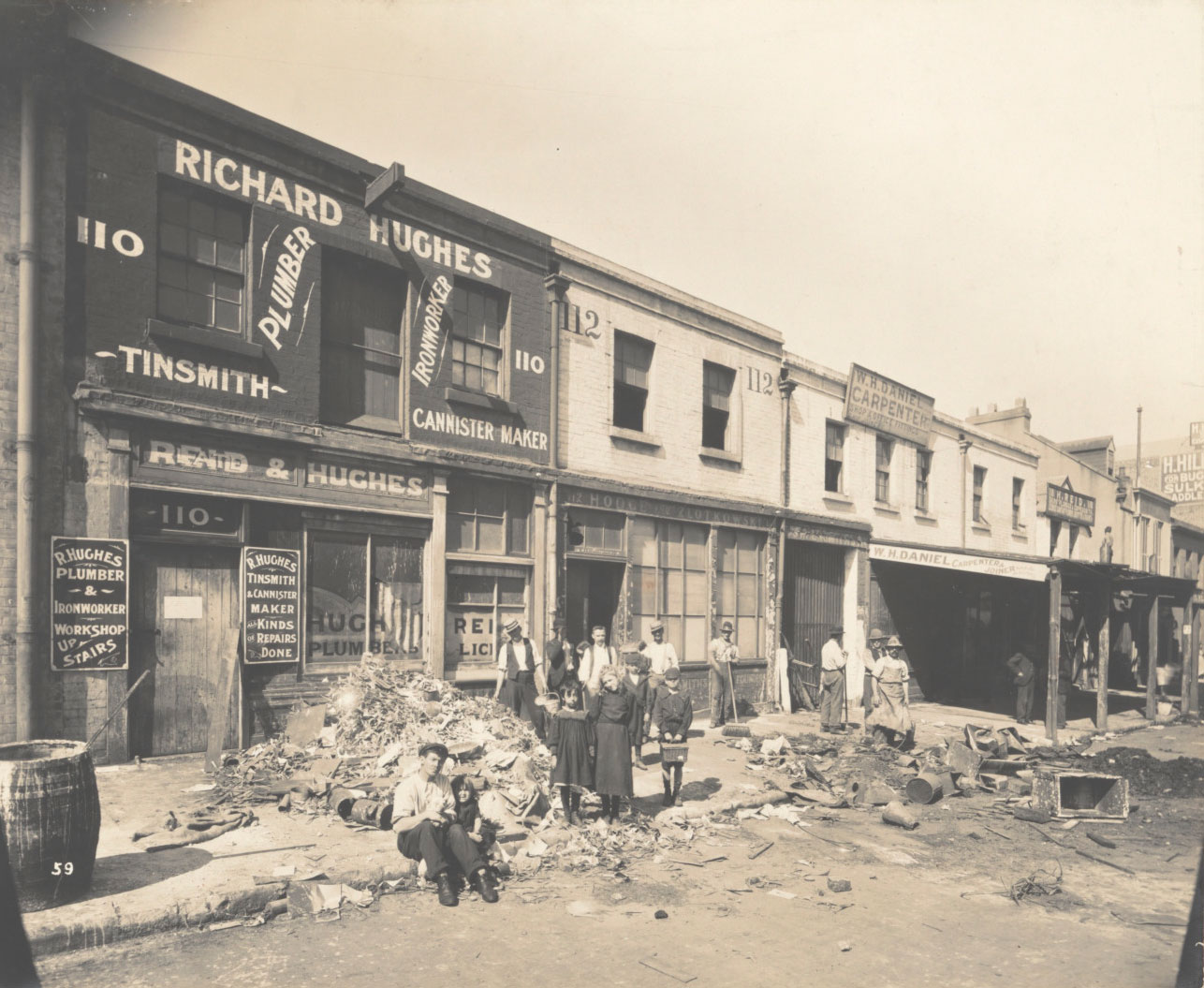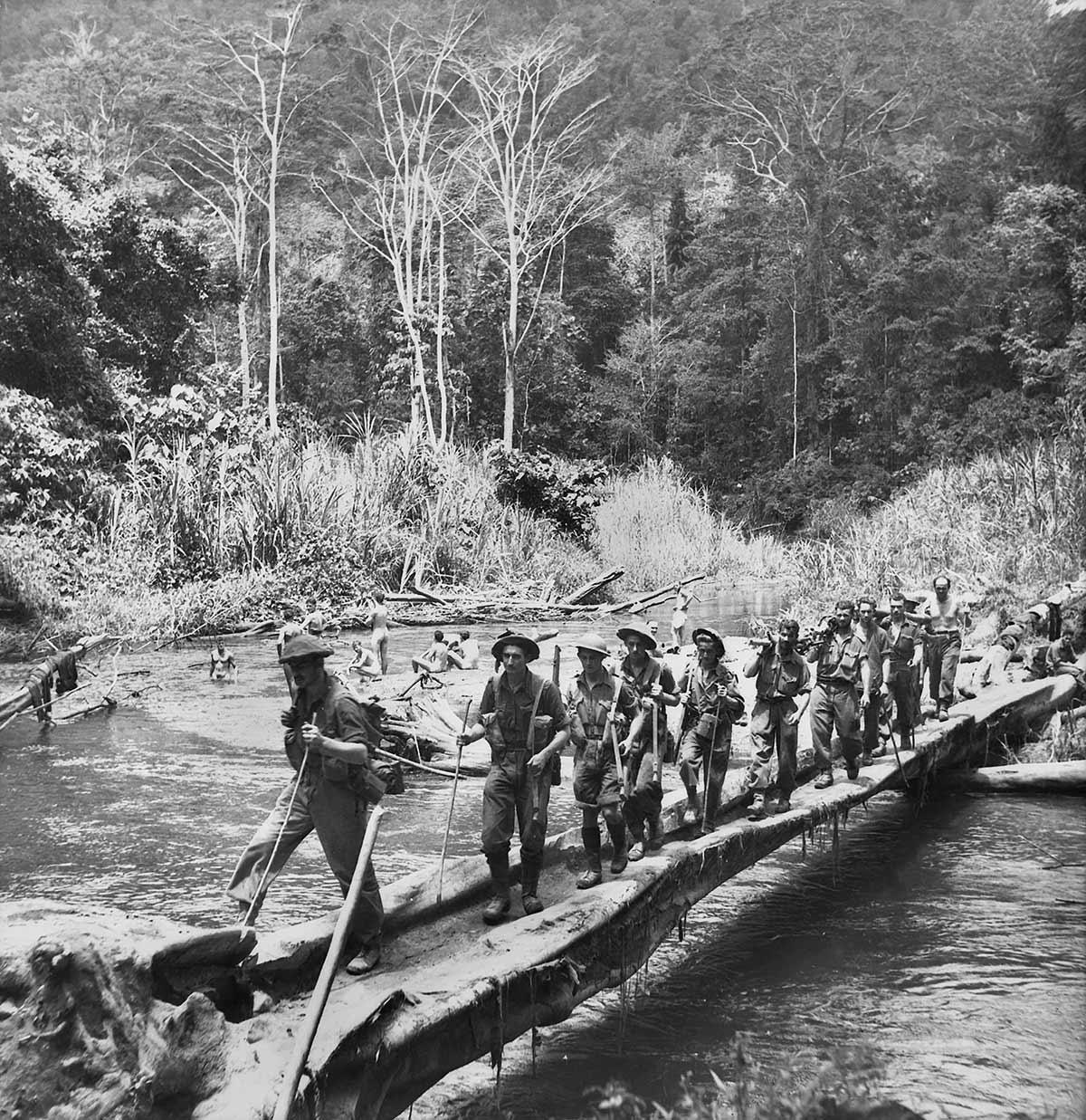The miracle mould
1945: Florey, Fleming and Chain win Nobel Prize for developing penicillin
The miracle mould
1945: Florey, Fleming and Chain win Nobel Prize for developing penicillin
In a snapshot
Penicillin was the wonder drug that changed the world. It was the first antibiotic medicine and is still used to treat many deadly diseases and infections.
Penicillin was first discovered in 1928 by Alexander Fleming, but it was not until the 1940s that a team of scientists turned it into a useful medicine. That team of scientists was led by Australian Howard Florey and German Ernst Chain. Since then penicillin has saved countless lives. In 1945 Fleming, Florey and Chain were awarded the Nobel Prize in medicine for their work.
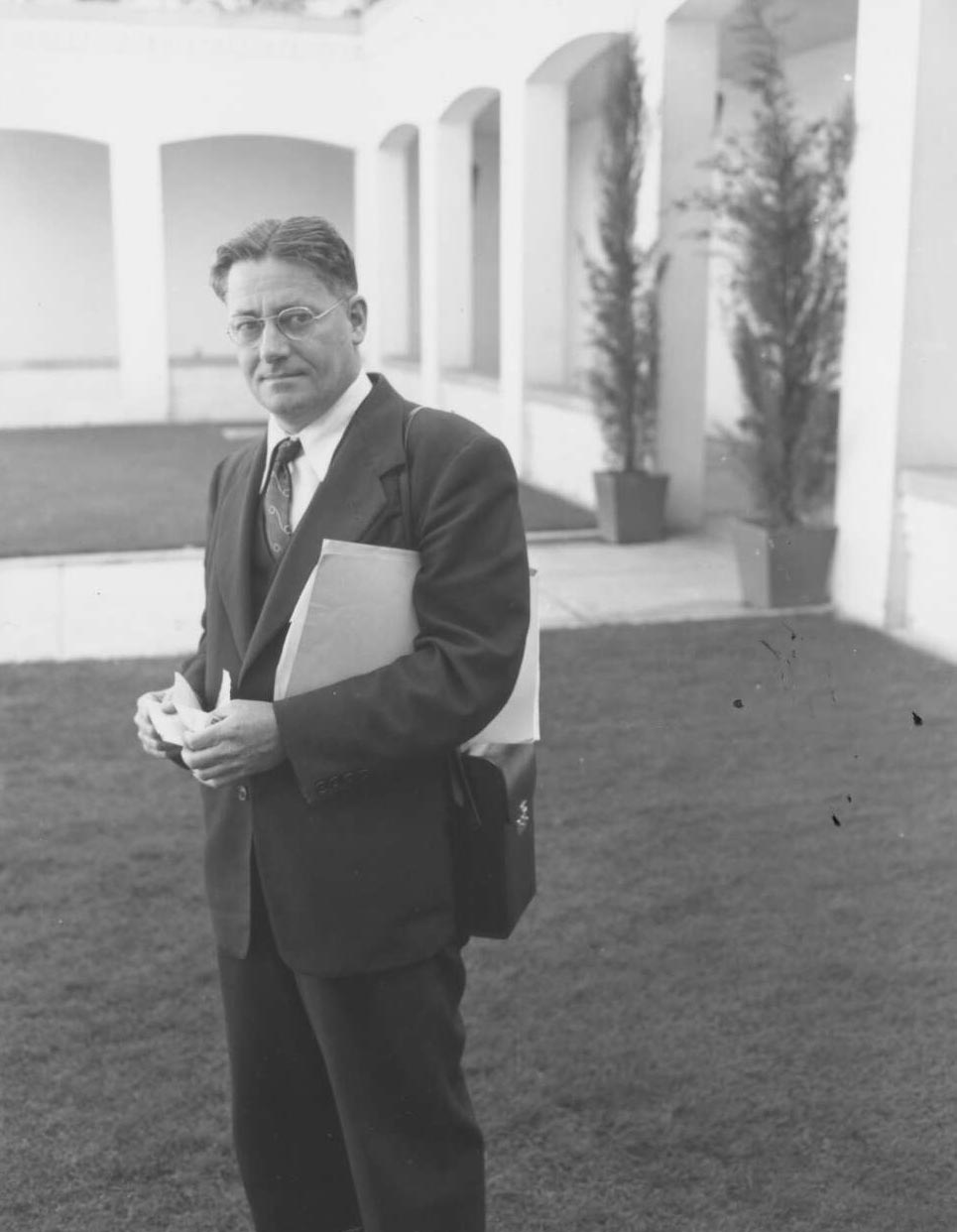
 Can you find out?
Can you find out?
1. In which year was penicillin first discovered?
2. Which Australian scientist conducted more research into penicillin in the 1940s?
3. How was penicillin used?
Could a small scratch be deadly?
Before the discovery and use of penicillin as an antibiotic, a simple scratch could lead to a deadly infection. Bacteria infected small wounds like blisters, cuts and scrapes, killing many people every year. Diseases that can be treated today (such as typhoid, strep throat and pneumonia) also caused many deaths because there were very few effective medicines available to treat patients.
How was penicillin discovered?
In September 1928 the Scottish scientist Alexander Fleming discovered penicillin by chance. He was studying bacteria at the St Mary’s Hospital and Medical School in London when one of his bacteria samples was accidentally contaminated with mould. Fleming noticed that the mould seemed to be killing the bacteria around it.
Fleming called the anti-bacterial ingredient in the mould ‘penicillin’. He kept experimenting with penicillin and found that it killed a wide range of harmful bacteria. But Fleming couldn’t extract enough penicillin from the mould to turn it into medicine.
Research task
Research Howard Florey and create a timeline of his life and achievements.

When was penicillin turned into medicine?
In 1938 Howard Florey (from Australia) and Ernst Chain (from Germany) led a team of scientists at Oxford University in England. Building on Fleming’s experiments, this team began trying to grow and extract enough penicillin to create medicine.
They grew mould in all sorts of containers (including baths, bedpans and food tins) in many rooms at the university. Although they could still extract only small amounts of penicillin from the mould, the team was soon able to begin testing penicillin on animals and humans. By the early 1940s they showed that penicillin was extremely effective in treating many diseases and infections that were usually fatal.
In 1941 Florey travelled to the United States, where the American government agreed to begin producing penicillin on a larger scale.
How has penicillin changed the world?
Penicillin saved thousands of lives during the Second World War. From 1944 Allied countries were using penicillin to treat soldiers who had infected wounds. After the war the drug became available to the public and was used to treat many conditions that were once fatal.
The discovery of penicillin also led to the discovery of other types of antibiotics. Antibiotics are still used today to treat disease and infection.
Research task
Howard Florey was the first Australian to win a Nobel Prize. Research one other Australian Nobel Prize winner. Why did they receive the prize?
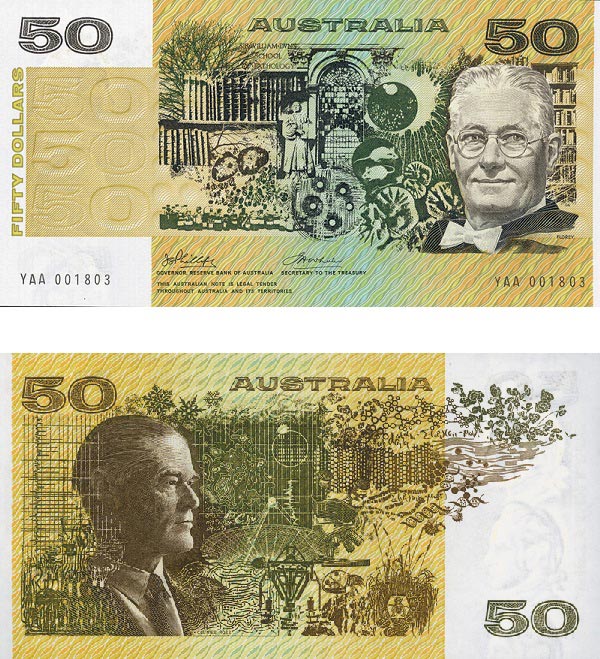
In 1945 Fleming, Florey and Chain were awarded the Nobel Prize in medicine.
Florey was the first Australian to receive a Nobel Prize. There is a Canberra suburb named Florey, and he appeared on the Australian $50 banknote from 1973 to 1995.
Read a longer version of this Defining Moment on the National Museum of Australia’s website.
 What did you learn?
What did you learn?
1. In which year was penicillin first discovered?
2. Which Australian scientist conducted more research into penicillin in the 1940s?
3. How was penicillin used?






